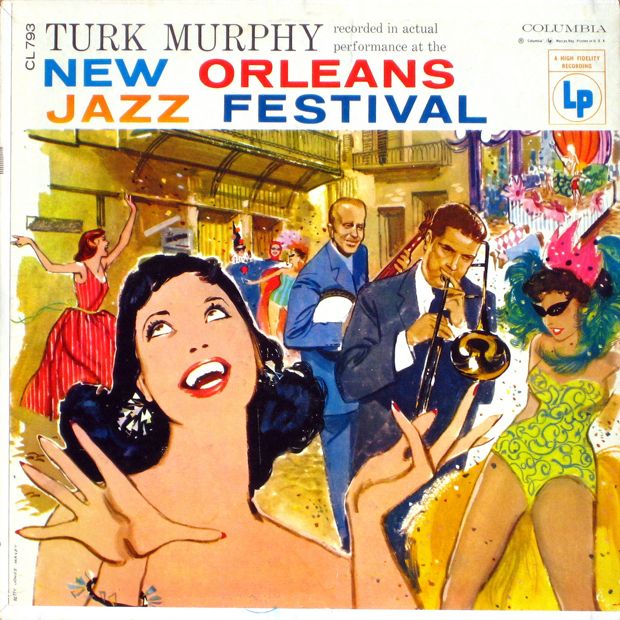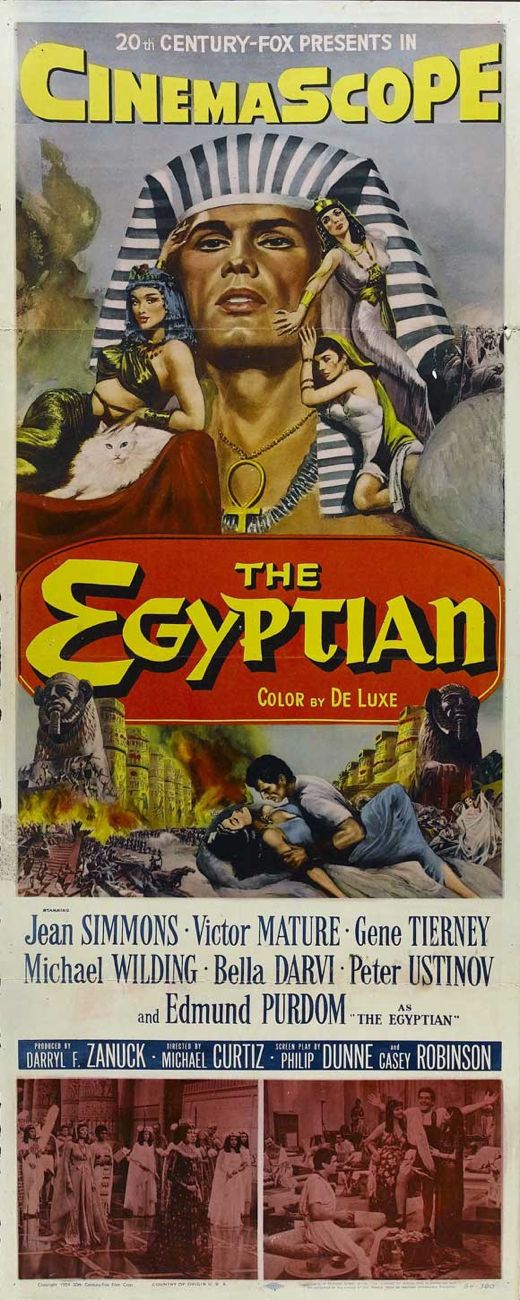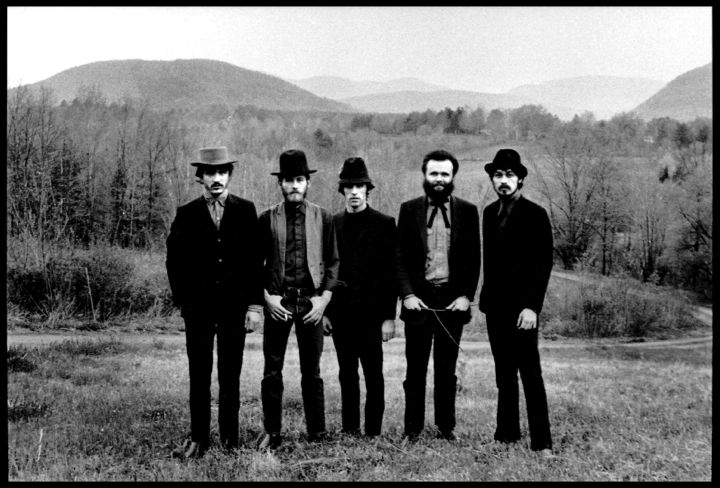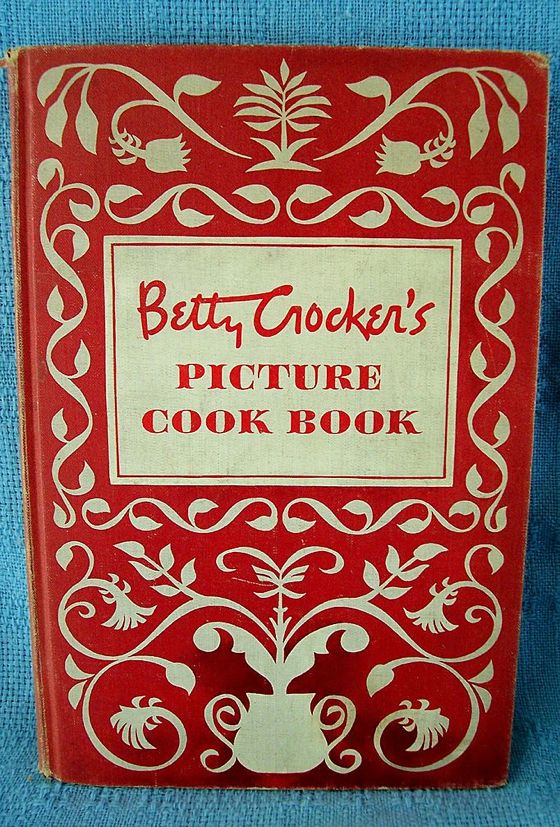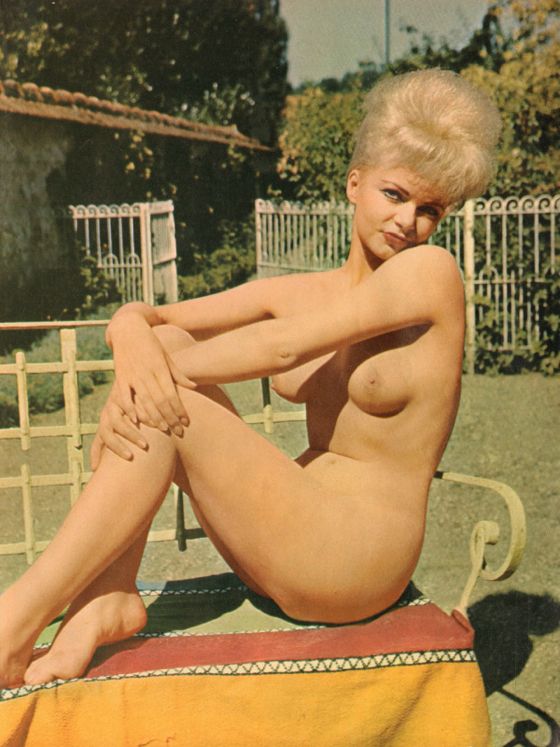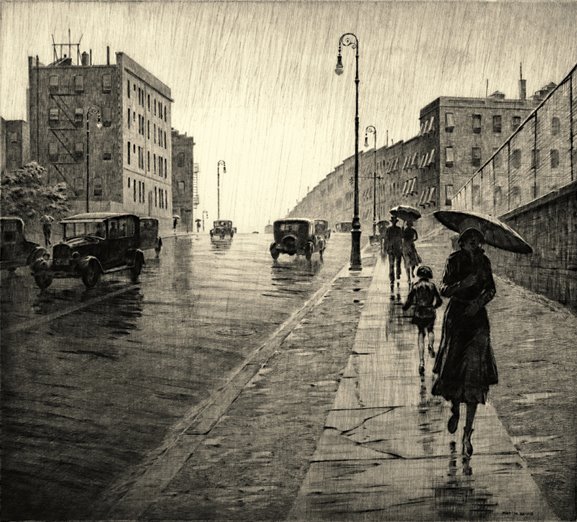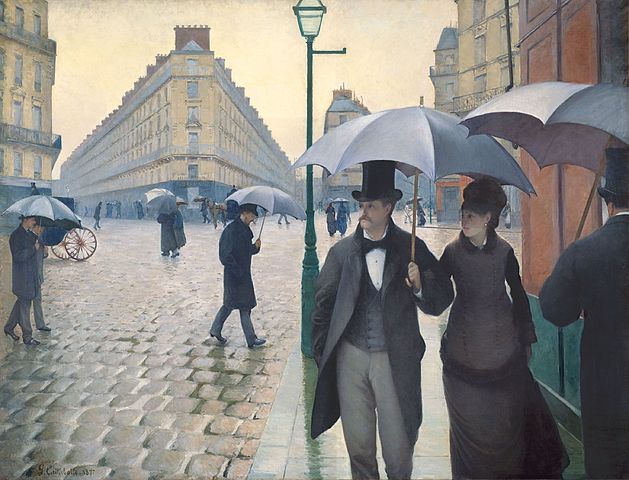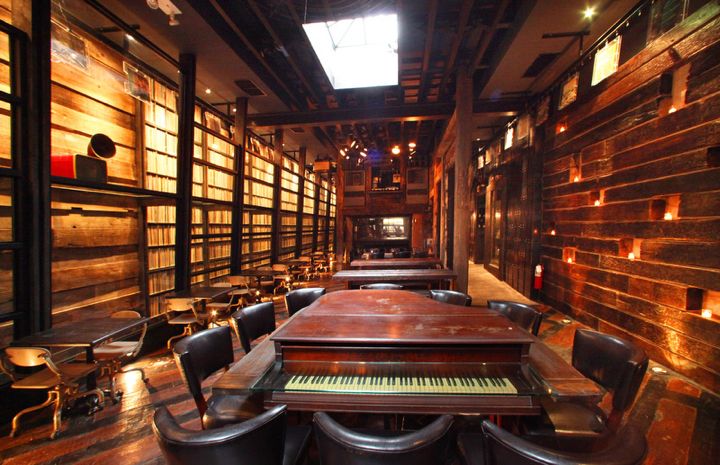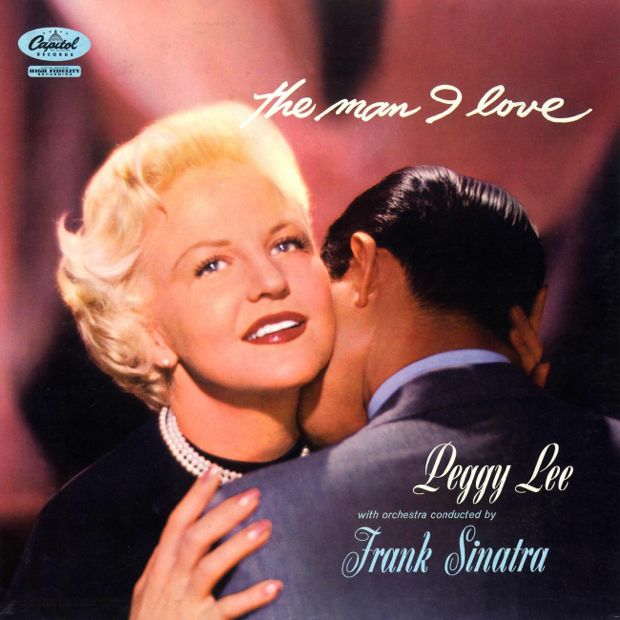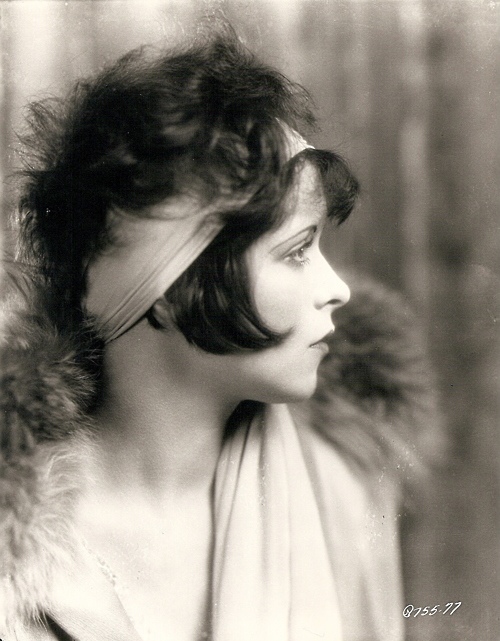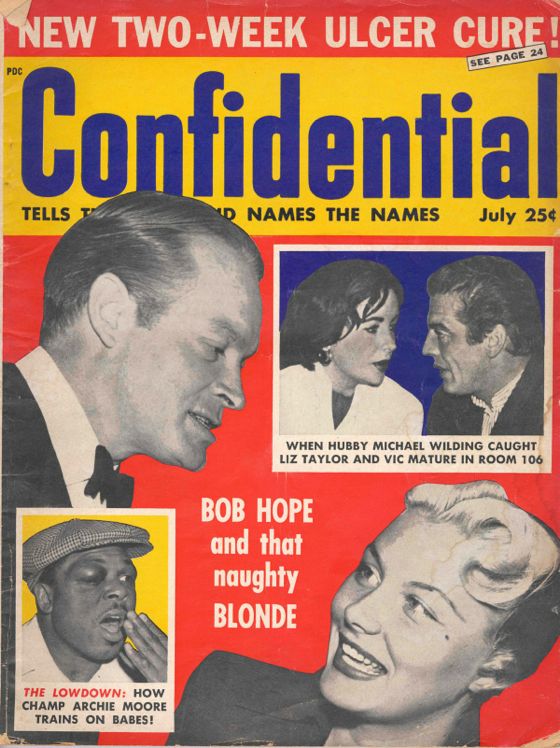I feel giddy already.
Monthly Archives: April 2012
LLOYD’S MODERN LIFE: ROAD TRIP
The greatest, or possibly the dumbest, road movie ever made . . .
THE EGYPTIAN
This is not one of the great Hollywood epics but, boy, is it fun. If you watch it on a decent-sized TV in the Blu-ray edition by Twilight Time, the lunatic spectacle of it all will carry you comfortably through its general silliness. You can bask in the technical virtuosity of the 20th-Century Fox studio at its zenith, marvel at director Michael Curtiz’s elegant professionalism, and gaze in awe at what stars could do with less than stellar material . . . and at how non-stars, like the ill-chosen leading man Edmund Purdom, could be given a kind of imputed charisma by their surroundings. The whole thing is just a hoot from start to finish.
Elsewhere on this site Paul Zahl (of The Zahl File) has written a more sympathetic evaluation of the film — Walking In Memphis — with some fascinating observations on Jack Kerouac, who saw it when it first came out and hated it!
[Let me take this opportunity to apologize for the erratic formatting of many old posts here — the unavoidable by-product of a switch to a new blogging platform. I am trying to regularize the formatting of these old posts to the degree that it’s possible, but it will take me some time to get around to all of them.]
MAJESTIC MICRO MOVIES ESSAY ON CINEMA #1
Kendra Elliott and the three Js take a superficial look at deep focus . . .
ACROSS THE GREAT DIVIDE
The first time I ever heard Levon Helm’s voice was on a jukebox in a bar in New York City in the summer of 1968. That voice took me home, back to the South, where I was born. The song was “The Weight”, and I’d never heard anything quite like it. My friends and I were startled by it, put another quarter in the machine and played it again. The record sounded like roots music, sort of, like Dylan, sort of — like the past and the future tripping off in a graceful dance, in perfect harmony with each other. You got used to surprises in 1968 — but hearing this record was one of the most delightful of them. It made me think, “America is going to be all right.”
And maybe some sweet day you will walk that Milky Way . . .
Goodbye, Levon, and thanks.
BETTY CROCKER’S PICTURE COOKBOOK
You would have been hard pressed in the 1950s to find a middle-class American home that didn’t possess a copy of this book — it sold even more copies than The Joy Of Cooking. Its recipes were illustrated with hundreds of step-by-step photos, and decorated with cheerful drawings of modern living.
Betty Crocker was a fictional person, the face of General Mills, a flour company, so her cookbook was heavily weighted towards baked goods, especially desserts. It emphasized brightly colored confections, compensation, it has been suggested, for the diminished taste of foodstuffs designed to be prepared quickly, often from mixes.
First published in 1950, the book had a spiral notebook design, so pages could be removed for easier perusal while preparing dishes. Like The Joy Of Cooking, Betty and her cookbook served in the place of mothers and grandmothers for women who had moved to isolated suburbs after WWII, cut off from their traditional kitchen mentors.
Its emphasis on convenience helped free women from time in the kitchen so that they could serve meals yet still join in the nightly gathering around the new American hearth — the television set.
Popular around the same time were table-top appliances that allowed women to prepare hot snacks or meals in the living room within sight of the television set. Swanson’s TV Brand Frozen Dinners, appearing first in 1953, took this idea to its logical extreme. The frozen dinners came in brightly colored packages which depicted the food inside the frame of a television screen. Collapsible table-trays, for eating such fare in front of the television, became standard fixtures of the American home in this era.
SELF-IMPROVEMENT
Terrific 5-minite film by my nephew Harry Rossi and his cohorts in the NCSA filmmaking program . . .
A FROLIC MAIDEN FOR TODAY
NOIR BARS #1
A Majestic Micro Movie directed by Jae Song.
A MARTIN LEWIS PRINT FOR TODAY
Rainy Day, Queens, 1931.
My friend Jae Song turned me on to this guy — he did brilliant work. Why have I never heard of him before? Why are there no books that collect his prints — just a catalogue raisonné with tiny reference reproductions?
This image owes something to Caillebotte’s Jour de Pluie à Paris of 1877:
CANNIBALISM
You’re probably thinking, “No, not for me” — but The Saturni urge you to think again . . .
MONO+MONO
Behind this intriguing facade in New York’s East Village my friend Jae Song discovered an even more intriguing establishment. He writes:
I was in a real bad mood the other day. My motorbike broke down and I had to get it towed — AGAIN! — and it’s costing me a pretty penny.
I didn’t want to do anything but stay home by myself and watch a movie but I forced myself out to a birthday party — it was at a place called MONO+MONO . . . a Korean-ish restaurant (owned and run by all total hipster Koreans) that also only plays analog music (thus the name.)
It’s ALL VINYL — they have 30,000 vintage records — they take up the entire wall, up to the 20′ high (or more perhaps) ceiling of the place, behind glass. Only the DJ can access them of course.
And the spicy fried chicken . . . it is . . . insanely crazy good. It’s not fried chicken as we know it — it’s that super lightly buttery double-fried Korean style chicken . . . outside layer that is impossibly thin and crunchy and juicy inside — and it’s dry to the touch yet has tons of saucy flavor, tastes like it’s dripping with sauce.
I have to say the music was great all night long. You see people moving in their seats — if they had a dance floor everyone would have been dancing by the end of the night — warm fun upbeat jazz on vinyl, coming out of tube amps, I suspect (they had old tubes as decoration.)
So . . . I was glad I went out — it made me happy.
DUET
Peggy Lee lived near Frank Sinatra in Hollywood and, according to Sinatra’s valet, would come spend the night with Sinatra when she was feeling down. Sinatra was not that attracted to her, again according to the valet, but felt that making love to her was a form of service to a friend. Nice work if you can get it.
You can sense the intimacy in the televised performance above, which is kind of sublime. Lee and Sinatra were both brilliant at subtle off-beat phrasing. With Sinatra it was usually in the service of the lyric, its meaning and emotion — with Lee more often in the service of a cool attitude, a hip style. It’s wonderful to hear them playing off each other in the clip, each trying to anticipate and complement what the other is going to do. It’s a bit like jazz improvisation, or good sex.
(Clip via Facebook friend Jerry Rosenblum, dish via George Jacobs, the valet . . .)
SOMETIMES IT’S NICE
A CONFIDENTIAL MAGAZINE COVER FOR TODAY
This rag gets you closer to the real 1950s than The Reader’s Digest. In addition to its obsessions with adultery, interracial dating and closeted homosexuality among celebrities, Confidential was also dedicated to exposing Commies in positions of authority anywhere. Humphrey Bogart famously said that everybody read Confidential but nobody admitted it — they claimed that their maids brought it into the house.
The ulcer-cure article is significant, as were the ads the magazine regularly ran offering techniques for appearing more manly. This was the era of film noir, all right, and Confidential charted what Auden called The Age Of Anxiety with precision.

